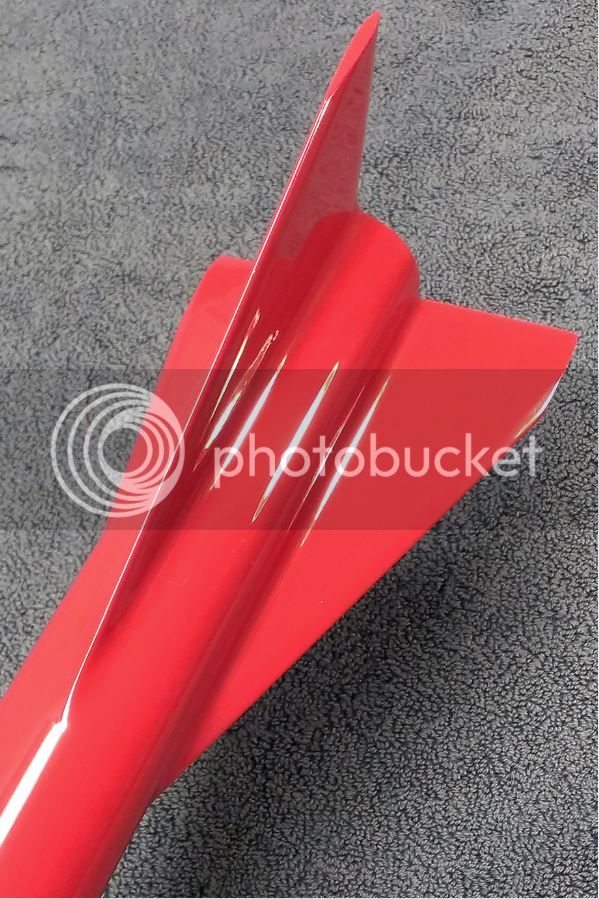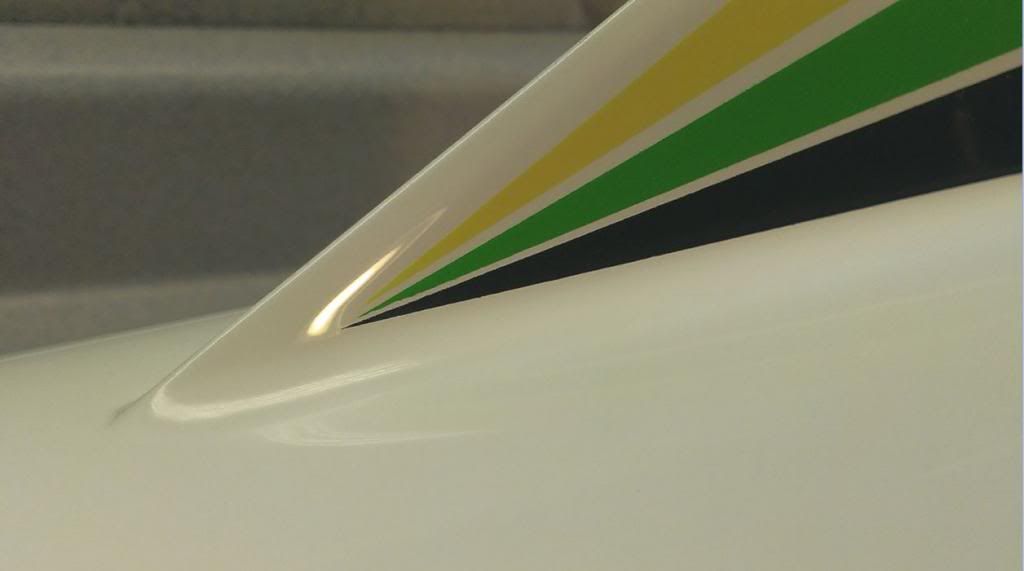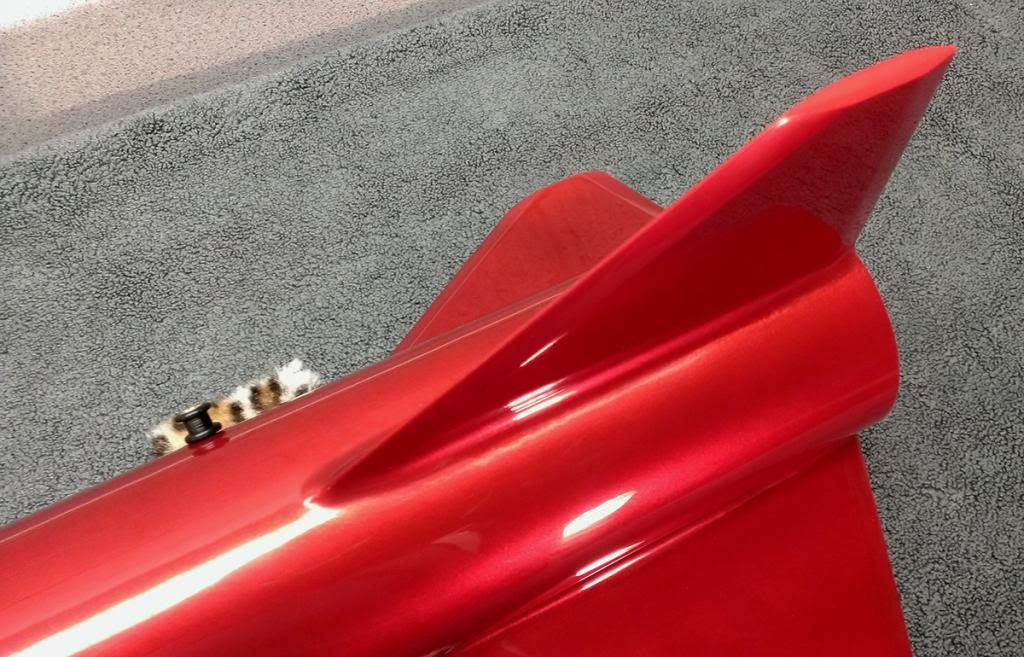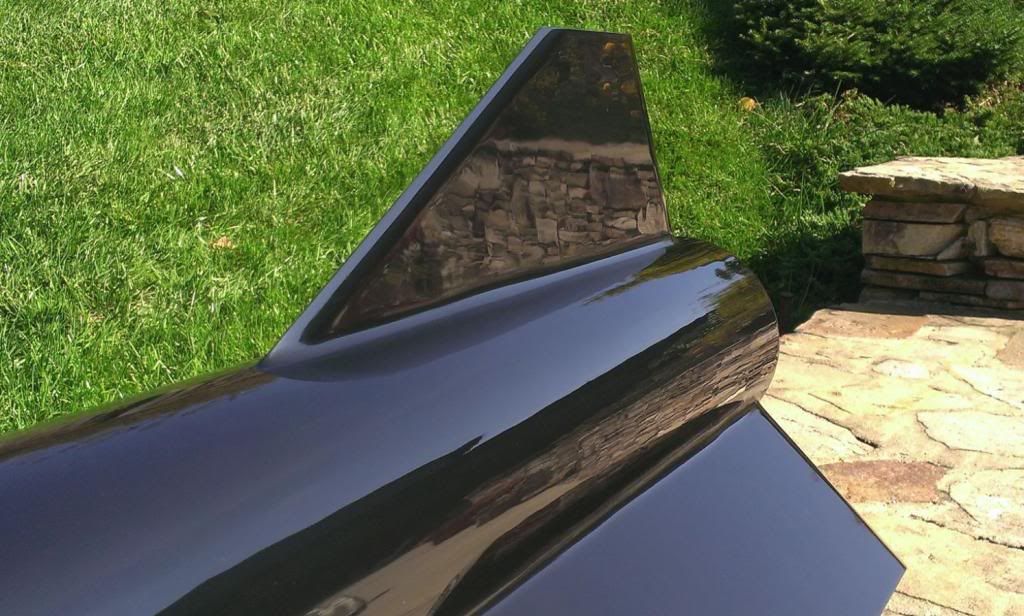lcorinth
Well-Known Member
- Joined
- Aug 5, 2014
- Messages
- 1,022
- Reaction score
- 46
I'm using epoxy for the first time, and I'm about ready to do my fin fillets. I have a 30-minute epoxy.
For this first rocket, I was going to simply apply the epoxy fillets without filler, and allow them to self-level. I don't have any fillers like microballoons on hand, so I was going to try that on my next build and see which I liked better.
But when I was doing internal fillets on this rocket, I noticed that the epoxy would ooze over the ends of the fin tabs. I had to wipe excess epoxy off the motor tube with alcohol several times, to avoid getting clumps of epoxy which would impede me installing the rear centering ring. It made me wonder if I was going to have a problem with the fin fillets oozing over the leading and trailing edges of the fins, causing another problem I'd have to constantly wipe up to avoid weird solid drips of epoxy on the body tube.
So, now I'm thinking perhaps I should just order the microballoons and use them. My understanding about microballoons is that they not only make the epoxy more sandable, so you can sand your fillets to shape once they've cured, but that they also thicken the epoxy.
Am I right in assuming that this would help prevent the fillets from running over the edges of the fins? Also, when using microballoons, how do I know when I've added enough to the epoxy?
I know that some people do make simple epoxy fillets without fillers. How do you prevent epoxy drips in that case?
Thanks!
For this first rocket, I was going to simply apply the epoxy fillets without filler, and allow them to self-level. I don't have any fillers like microballoons on hand, so I was going to try that on my next build and see which I liked better.
But when I was doing internal fillets on this rocket, I noticed that the epoxy would ooze over the ends of the fin tabs. I had to wipe excess epoxy off the motor tube with alcohol several times, to avoid getting clumps of epoxy which would impede me installing the rear centering ring. It made me wonder if I was going to have a problem with the fin fillets oozing over the leading and trailing edges of the fins, causing another problem I'd have to constantly wipe up to avoid weird solid drips of epoxy on the body tube.
So, now I'm thinking perhaps I should just order the microballoons and use them. My understanding about microballoons is that they not only make the epoxy more sandable, so you can sand your fillets to shape once they've cured, but that they also thicken the epoxy.
Am I right in assuming that this would help prevent the fillets from running over the edges of the fins? Also, when using microballoons, how do I know when I've added enough to the epoxy?
I know that some people do make simple epoxy fillets without fillers. How do you prevent epoxy drips in that case?
Thanks!










